Five Astounding Peace Lily Secrets Every Plant Lover Should Know
The Peace lily, known scientifically as Spathiphyllum, has its roots in tropical Americas and Southeastern Asia. As a lush green plant adorned with uniquely designed white spathe flowers, it has learned to thrive in the shaded undergrowth of the rainforest. Its prevailing visual combination of striking white and lush green has seen it adopted universally as a symbol of peace, leading to the popular name, Peace Lily.
Imbued with a myriad cultural and spiritual connotations, the Peace Lily holds a meaningful position in societies around the world. It's commonly used in bereavements and funerals, as a gentle reminder of the resurrection and the eternal peace that awaits us beyond life. Caring for this plant necessitates understanding its symbolic importance and appreciates the respectful care that such a symbol deserves.
The Unique Peace Lily Blooming Cycle
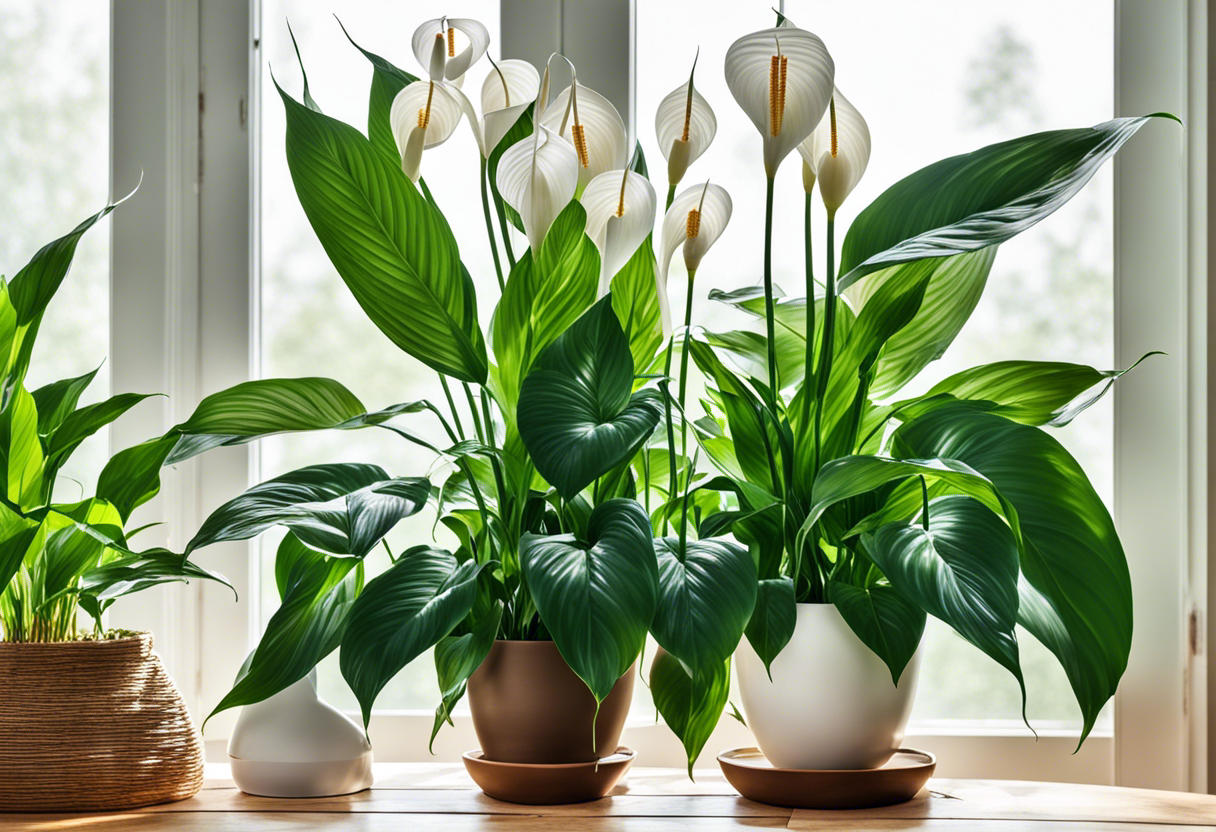
A unique trait of the Peace Lily is its particular blooming cycle, which sets it apart from many other indoor plants. Unlike most plants that require extensive direct sunlight to flower, Peace Lilies primarily thrive in the shade, similar to their natural rainforest habitat.
They typically bloom in the early summer and continue to bloom sporadically throughout the year. Importantly, while they can survive in low light conditions, they will bloom more regularly with more light exposure, provided it's not direct sunlight. Understanding this blooming rhythm can help plant lovers support their Peace Lily to thrive at its best.
Mysteries of Peace Lily's Cleaning Ability
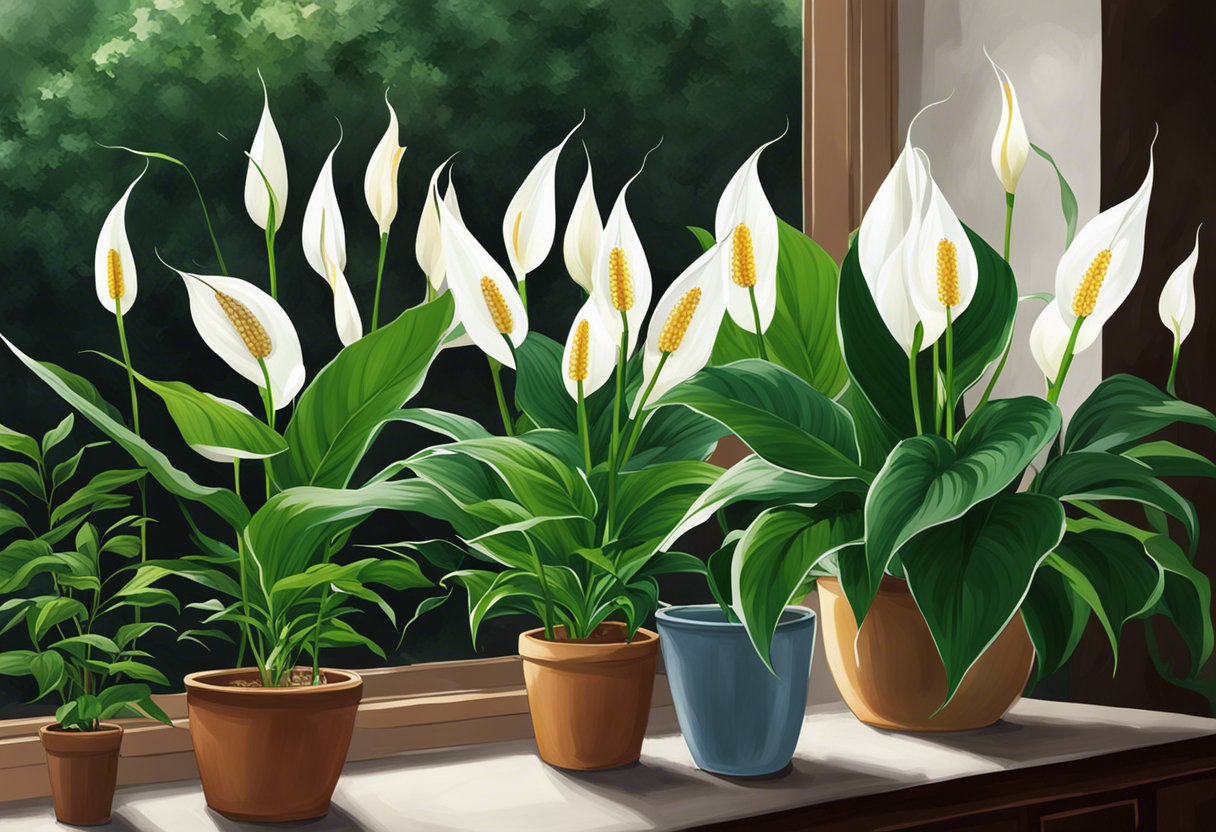
An intriguing aspect of the Peace Lily is its air-cleaning abilities. In research published by NASA, the Peace Lily was found to be one of the top indoor plants for cleaning the air. This remarkable plant can remove toxins such as formaldehyde, benzene, and carbon monoxide from the air.
Yet, the exact mechanism through which Peace Lilies achieve this feat remains a fascinating mystery. Scientists speculate that it's a combination of the plant's leaves, which absorb airborne toxins, and its root bacteria, which convert these toxins into food for the plant. This cleaning ability makes the Peace Lily an excellent asset for indoor spaces, providing not just aesthetic beauty but also a healthier living environment.
The Peace Lily’s Hidden Sensitivities
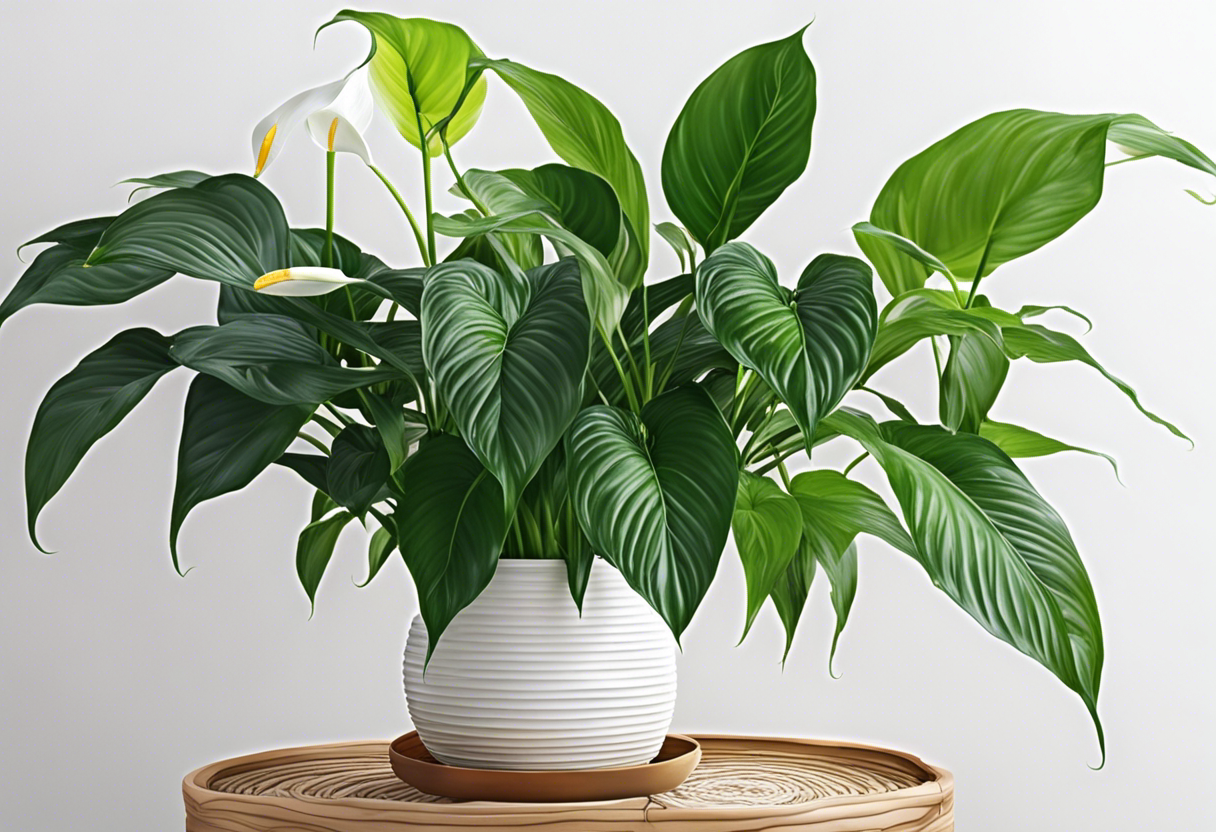
However, beneath its resilient facade, the Peace Lily is a sensitive plant. It is quite responsive and will often show signs of distress if it's not being cared for correctly. Overwatering, for instance, can cause its leaves to yellow, while too much light may scorch its leaves.
Just as sensitive to chilling, the Peace Lily prefers temperatures between 65 and 85 degrees Fahrenheit and wilts dramatically in cold drafts. These sensitivities remind caregivers that while the Peace Lily is robust, it's also a jungle plant that prefers balanced, tropical conditions.
The Mystery of Peace Lily’s "Dormancy
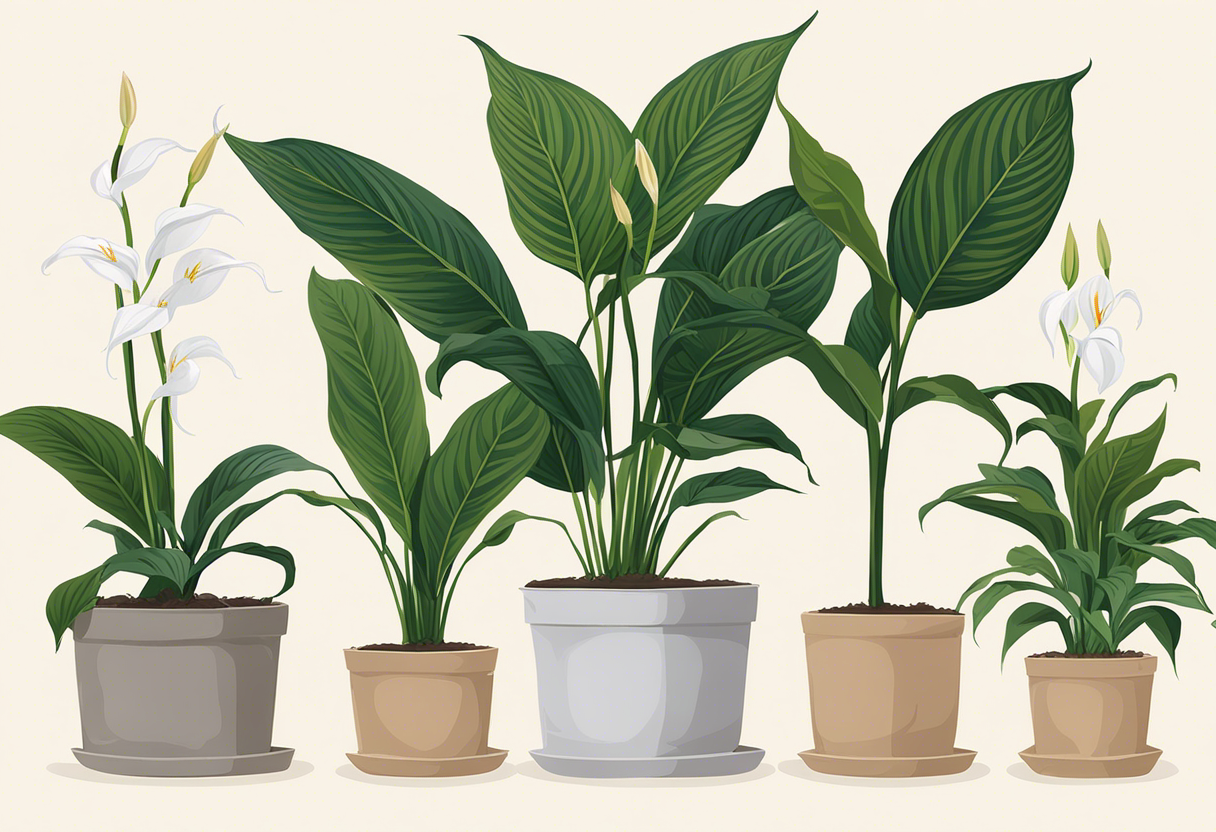
The Peace Lily also exhibits a unique period of "dormancy," where the plant seems to rest and can cause concern for unsuspecting plant lovers. During this period, the lily stops blooming and may even lose leaves.
However, this dormancy doesn't necessarily mean that the plant is sick. It can be a natural part of its lifecycle – a regrouping stage where it gathers strength to bloom again. This remarkable characteristic underscores the importance of patience and understanding in caring for these beautiful plants.
Revealing Peace Lily's Root Language
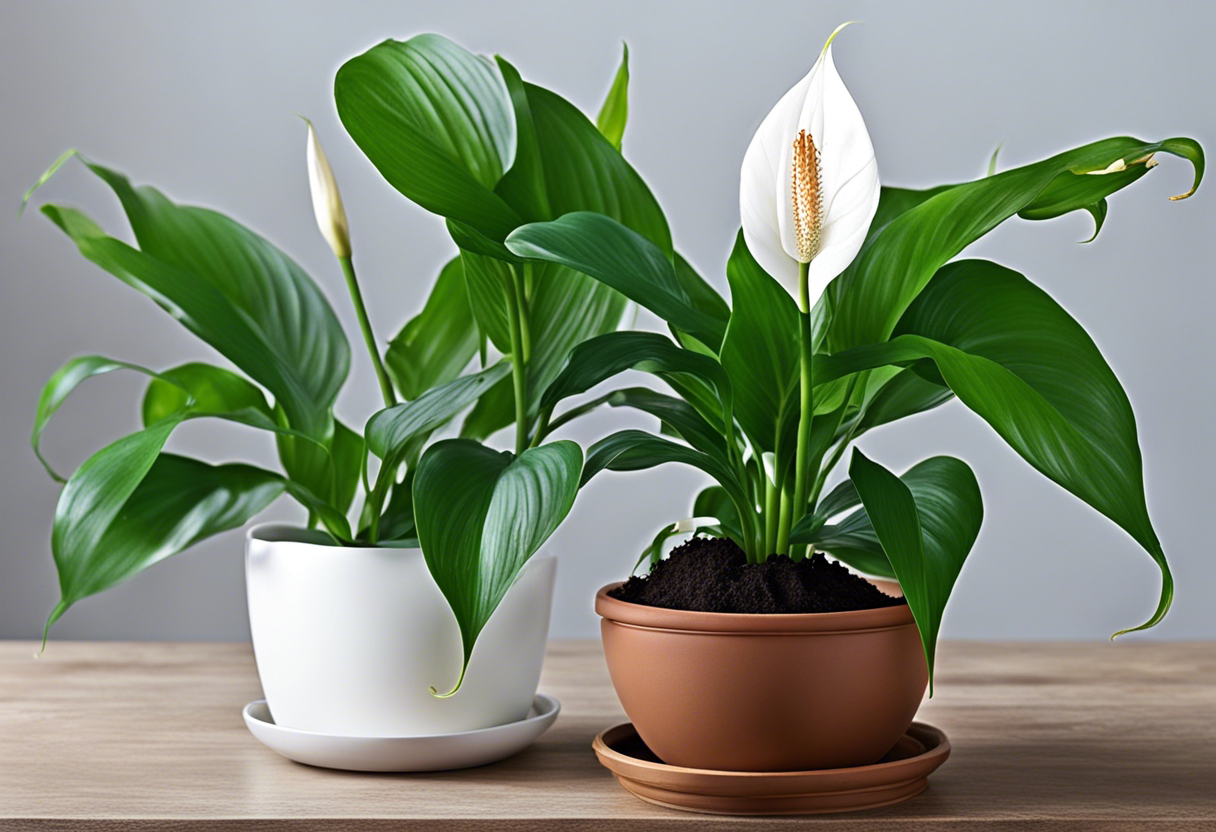
Lastly, the Peace Lily has a unique way of communicating its needs through its roots. Many times, if the lily is under-watered, it has a way of springing back once watered. This miraculous rebound is due to its unique roots, which have evolved to retain water, helping the plant survive in its natural rainforest habitat.
Also, if the lily is not repotted and becomes root-bound, it will show signs of poor health. This signal from the plant encourages caregivers to give it a larger home to continue to live and grow. Understanding this root language can greatly assist plant lovers in providing their Peace Lily with the best care possible.